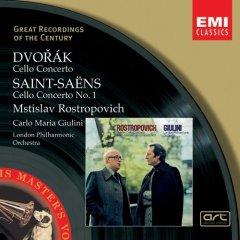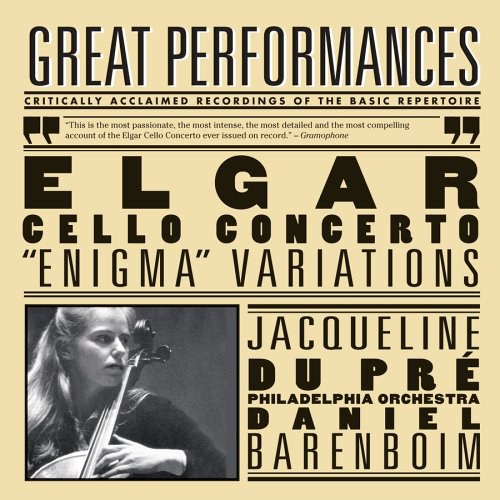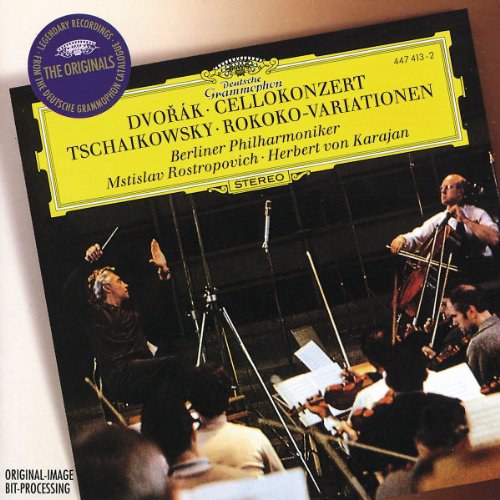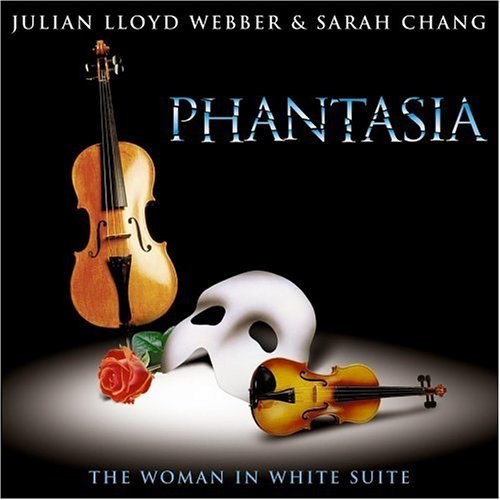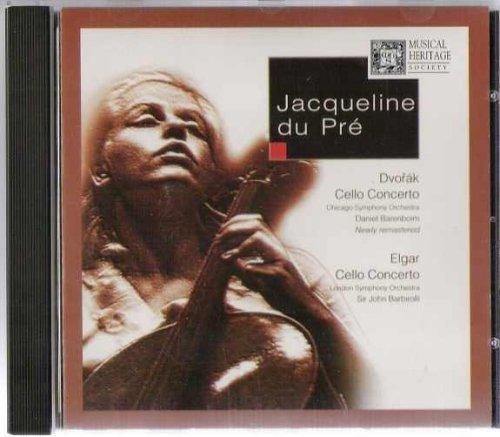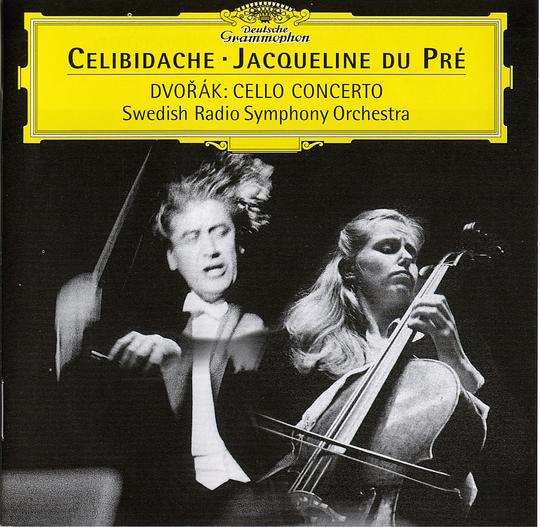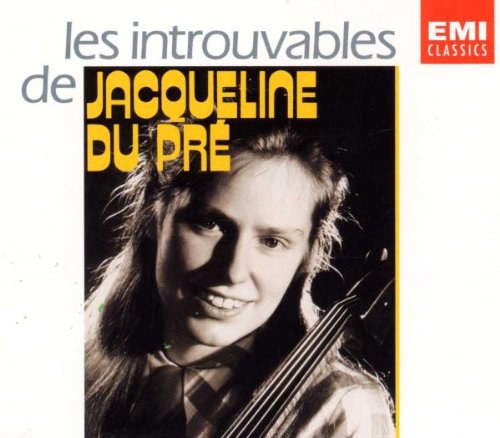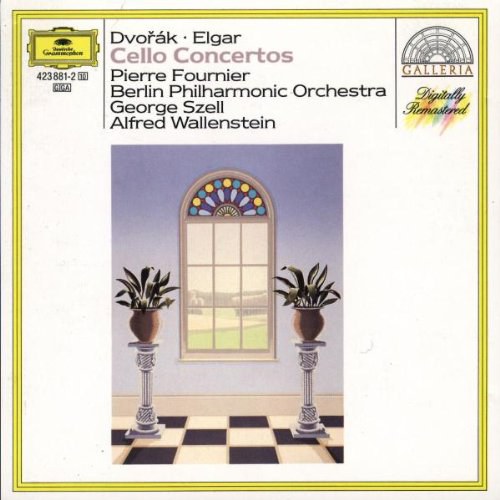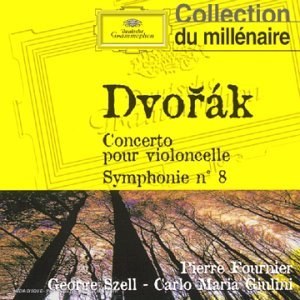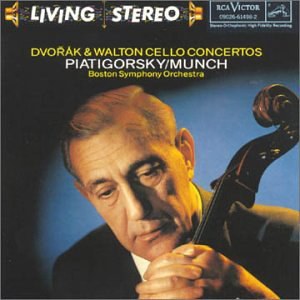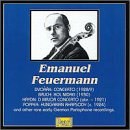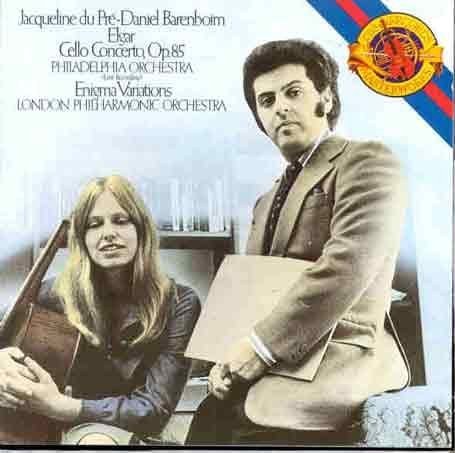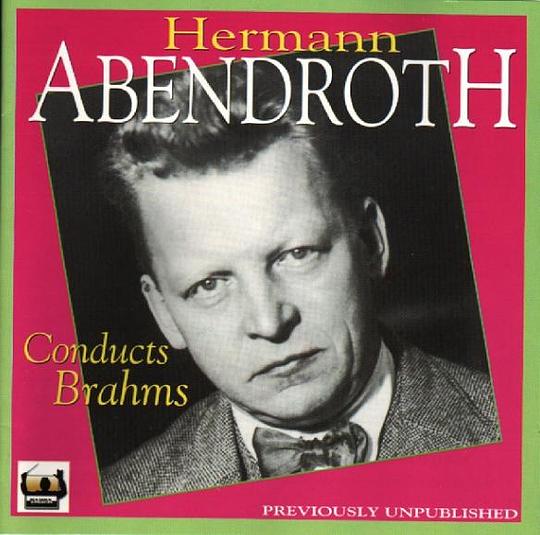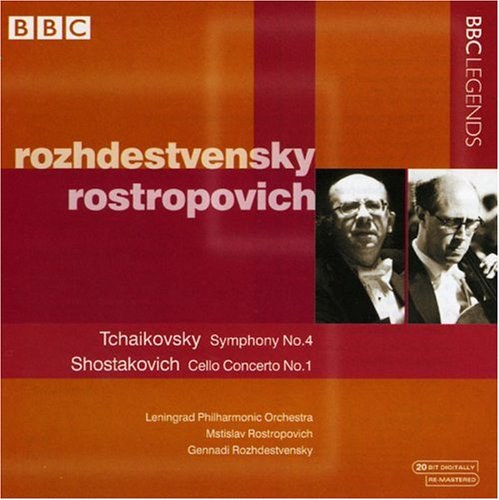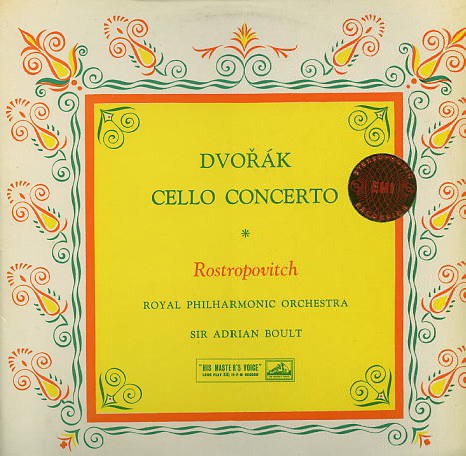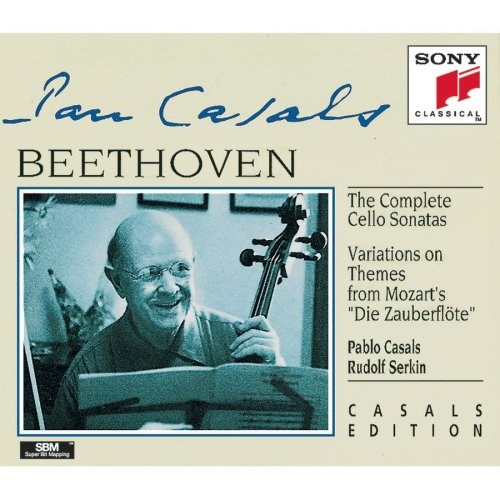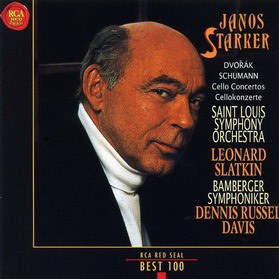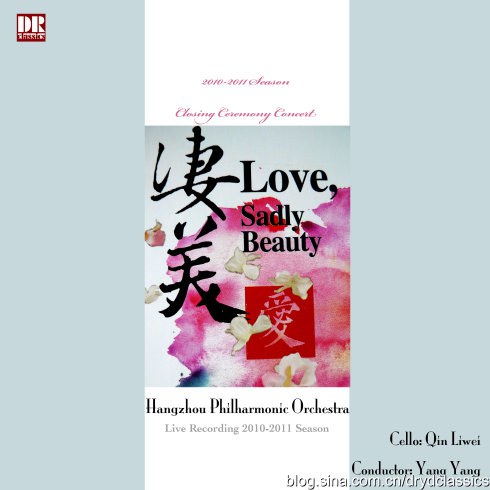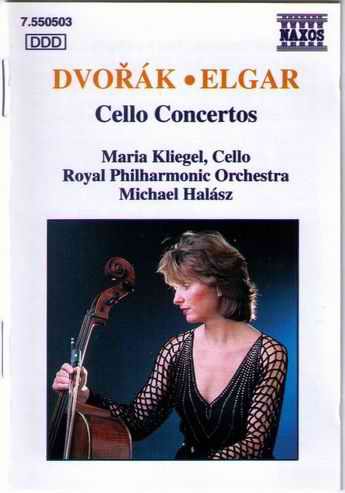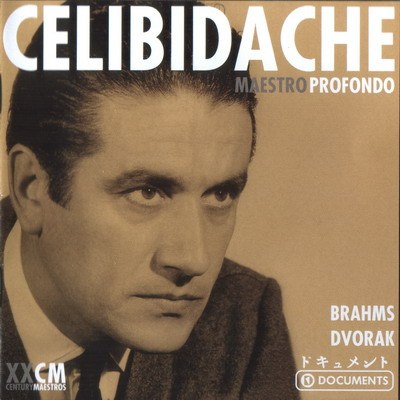THE YOUNG FEUERMANN
It is said that Pablo Casals (1876-1973) raised the position of the Cello from that of respected orchestral member to popular solo instrument, and few would disagree. Yet by the time of his 1937 recording of the Dvorak Cello Concerto there are already signs of the cautious approach which might have been expected from a man over sixty; at the onset of war he ceased playing altogether, and by the time he consented to break his silence of political protest in 1950, he was very clearly wellpast his prime. His successorfrom 1039, a man who it was hoped and expected would elevate the status of his instrument still further was the young Polish/Jewish cellist Emanuel Feuermann (1902-1942) who, tragically, died atthe age of thirty-nine, before he Could properly fulfil that expectation.
Feuermann's recorded legacy however suggests that he was already, in the years of his prime,fully the equal of his famous rival. That he was not more highly thought of during the 'thirties may be put down to the facts that he worked in the shadow of the already established Casals, and that his professional life was badly disrupted by the Nazis. Pearl's series: "Emanuel Feuermann- The English Columbia Recordings" [GEMM CD 9442/ 9443/9446] has already provided ample evidence of his greamess, and the present reissue endorses this by presenting superb recordings (with the Dvorak Concerto as centrepiece) made during the 'twenties, some of them dating as far back as 1921. Much of the material robe heard here is extremely rare, comprises music which he did not later re—record commercially,and has not,as far as we know,been reissued previously on CD.
He was born on 22 November 1902 in Kolema,Galicia,to a musical family.Mthough he was not particularly distinguished academically at school his cello studies from the age of seven progressed rapidly.His Vienna debut in 1913 was a tremendous success and immediately the boy was hailed a prodigy.After playing in a variety of Austrian and German orchestras during the First World War.young Feuermann was engaged as head of the cello department at the Cologne Conservatorium in 1919,aged just 17.He continued until 1 923 when the added pressures of being a touring virtuoso reduced his time for teaching.At the age of 27 he became the head of the cello de Partment at the Berlin Hochschu le,holding the post until dismissed by the Nazi regime in 1933.His subsequent lncreased worldwide touring schedule meant that he had no permanent base.Eventually he settled in Zurich where he continued to give master classes when available to do so.In 1938 Emanuel Feuermann and his wife emigrated to the United states,lWing first in New York and later on the West Coast where he played and recorded chamber music with Violinist Jascha Heifetz and pianist Arthur Rubinstein.Feuermann was then appointed to the teaching staff at the Curtis Institute in Philadelphia but in the early part of 1942 moved to New York where he died on 24 May aged just 39.
Feuermann’s account of the Dvorak Concerto was recorded in 1928(the first two movements) and in 1929(the third)and although the recording venue was the saine,there are some djfferences in sound characteristic;these have been minimised by the equalisation used during the preparation of the present reissue.Here is the mature Feuermann in resplendent golden tone,able to make 1ight of the technical problems posed by this extremely difficult work.His approach is brisk.youthful and exhilarating.and in this he is assisted by the conductor Michael Taube,who unfortunately has charge of a decidedly sub—standard studio orchestra.one may think it surprising that Feuermann was notasked——a short while after——to re—make this staple of the cellist's repertoire,but it should however be remembered that by the early’thirties Parlophone had amalgamated with both Columbia and HMV.and the Casals 1 937 recording of this work would have precluded any such possibility.(It was planned,after he had reached America,that Feuermann should soon make a new version,but he died before this could be achieved.)
The conductor Michael Taube,who will be encountered in this compilation also as Feuen'nann‘s pianist,was born in Lodz,Poland.in 1890.He studied at Leipzig Gewandhaus,then went to Cologne,where he met Feuermann.Later joining the Berlin state opera.he became assistant to Bruno Walter.In 1935 Taube went to Palestine wherehehelpedintheformative years of the Palestine(now Israel)Philharmonic orchestra,and was in the post—war years a well—known figure on the European musical scene.He died in 1972.
Bruch’s Kol Nidrei is another mainstay of the repertoire and here Feuermann plays this instrumental rendering of a segment of Jewish liturgical music as conceived by Bruch——who was not Jewish—for all it's worth.This 1930 recording is a rarity,having been issued in France and America but not,apparently,here.We have had to work from a rather poor French pressing.An even greater rarity is the record offering the slow movement and finale of the Haydn D major concerto——not surprisingly,for it was recorded very late in 1921.when Feuermann would have been only just nineteen.It says much for this player of a then distinctly non—illustrious instrument that he was invited to make a recording so young,and even more so that he was allowed orchestral accompaniment.We can here discern the renowned burnished tone.although the limitations of the primitive recording prrocesses of the time make is impossible to tell whether he already possessed the‘edge’on his delivery which is heard to such thriling effect in the Dvorak Concerto recording of seven years later.one obvious feature of Feuermann's playing here is his use of portamento,which may be discerned also in the ensuing Popper piece.
David Popper(1843—1913)was principally a composer of music for the cello—an instmment of which he was a famous player——and wrote four concertos for it,plus numerous smaller pieces.He toured extensively as a soloist,and was a member of the Hubay Quartet.He was also a close personal friend of Casals.Popper’s shoffer works were once in the repertoire of almost every cellist,and the serenade is an excellent example.
Also amongst the cellist’s standard mainstays is the Allegro Appassionato of Saint—Saens,composed in 1875.This effective but brief piece proves an ideal vehicle for Feuermann’s verve and panache.Sarasate’s Zigeunerweisen was of course composed originally fof violin,but transposes down perfectly well for cello.our recording shows Feuermann at his incomparable best,and the recording sound is mostly very good.And what about the pyrotechnical finale for which one waits with bated breath,but in vain?Apparently he never made it.The official Calland/Itzkoff discography makes no reference to such a recording, not 11as Keith Harvey(the distinguished cellist and collector)every heard of one. What a pity.for it would surely have been one of the most exciting cello records ever made! The three pieces heard next comprise something of a mixed bag.The dance by Granados (1867—1916)was composed originally for solo piano,and is usually known as Andaluza. The Caro mio ben of Giordani (1733—1806)is an aria,but sounds uncommonly well as a cello solo in Feuermann's eloquent and finely—phrased performance.The Min uet by the 0bscure Valensin has much charm and elegance.
We conclude with a major rarity:Popper's Hungarian Rhapsody.so little is known about this recording that it features in Calland/Itzkoffonly in the“other recordings have been reported to exist”category,this one being reportedly made“C.1926”.It is in fact clearly an acoustic,and so must be earlier than that.Feuermann’s stylish perform—ance of this bravura piece could not be excluded,despite the record。s bad condition(it is terminally cracked in three places)as it is—as far as Keith Harvey is aware—the only copy known to exist.
Charles Haynes
